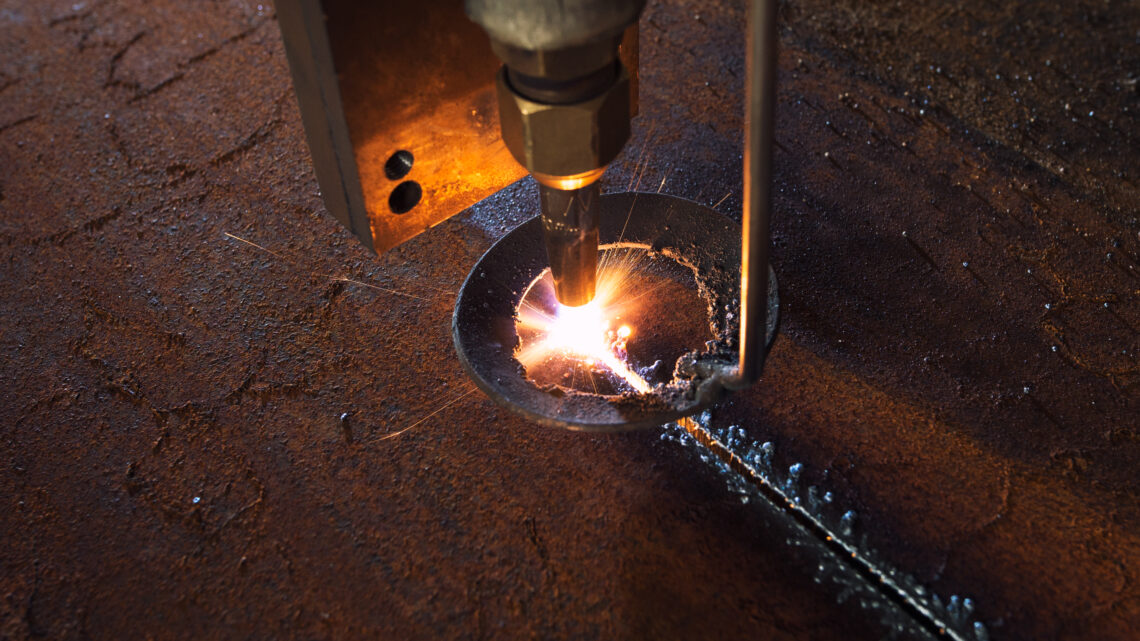Continuous casting is a cornerstone in the metal manufacturing industry, providing a cost-effective and efficient way to produce high-quality metal products. However, as industries evolve, the need for optimization becomes paramount. In this blog, we will explore how simulation strategies are revolutionising the continuous casting process, unlocking new levels of efficiency and productivity.
Understanding Continuous Casting:
Continuous casting involves the uninterrupted pouring of molten metal into a mold to produce a continuous strand or slab. This process is widely used for steel, aluminium, and other metals due to its ability to produce consistent and defect-free products. However, optimising this complex process requires a deep understanding of the interplay between various factors, such as temperature, mold design, and casting speed.
Challenges in Continuous Casting:
Before delving into simulation strategies, it’s essential to recognize the challenges inherent in continuous casting. Issues like surface defects, inconsistent product quality, and energy inefficiency can arise. Traditional trial-and-error methods to address these challenges are time-consuming and costly, driving the need for more innovative solutions.
Enter Simulation Strategies:
Simulation strategies involve creating digital models that replicate the real-world conditions of the continuous casting process. These models consider a multitude of variables, enabling engineers and metallurgists to analyse the impact of changes without the need for physical experimentation. This approach not only accelerates the optimization process but also significantly reduces costs.
Temperature Management:
One critical aspect of continuous casting is temperature control. Simulation allows for a detailed analysis of temperature distribution within the mold and the metal, helping identify potential hot spots or areas of insufficient heat. By adjusting parameters such as cooling rates and mold design in the digital realm, engineers can optimize temperature profiles to minimize defects and enhance product quality.
Mold Design and Fluid Dynamics:
Simulation strategies provide a platform to explore different mold designs and their impact on the casting process. By analysing fluid dynamics within the mold, engineers can optimize the geometry to ensure a uniform flow of molten metal. This not only reduces the likelihood of defects but also enhances the overall efficiency of the casting process.
Casting Speed and Productivity:
Adjusting casting speed is a delicate balancing act in continuous casting. Simulation allows engineers to experiment with different speeds and observe their effects on product quality and process efficiency. Finding the optimal casting speed is crucial for maximising productivity without compromising on the integrity of the final product.
Quality Assurance:
Simulation strategies contribute significantly to quality assurance by predicting and mitigating potential defects. Whether it’s addressing surface irregularities, cracks, or other imperfections, the ability to simulate various scenarios empowers manufacturers to implement changes proactively and ensure a higher standard of product quality.
Conclusion:
As industries evolve, so must the methods of production. Simulation strategies offer a transformative approach to optimising the continuous casting process, addressing challenges and unlocking new levels of efficiency. By harnessing the power of digital models, manufacturers can make informed decisions, reduce costs, and propel their operations into a future defined by precision and productivity. The journey toward efficiency begins with a deep dive into the world of simulation strategies for continuous casting.


